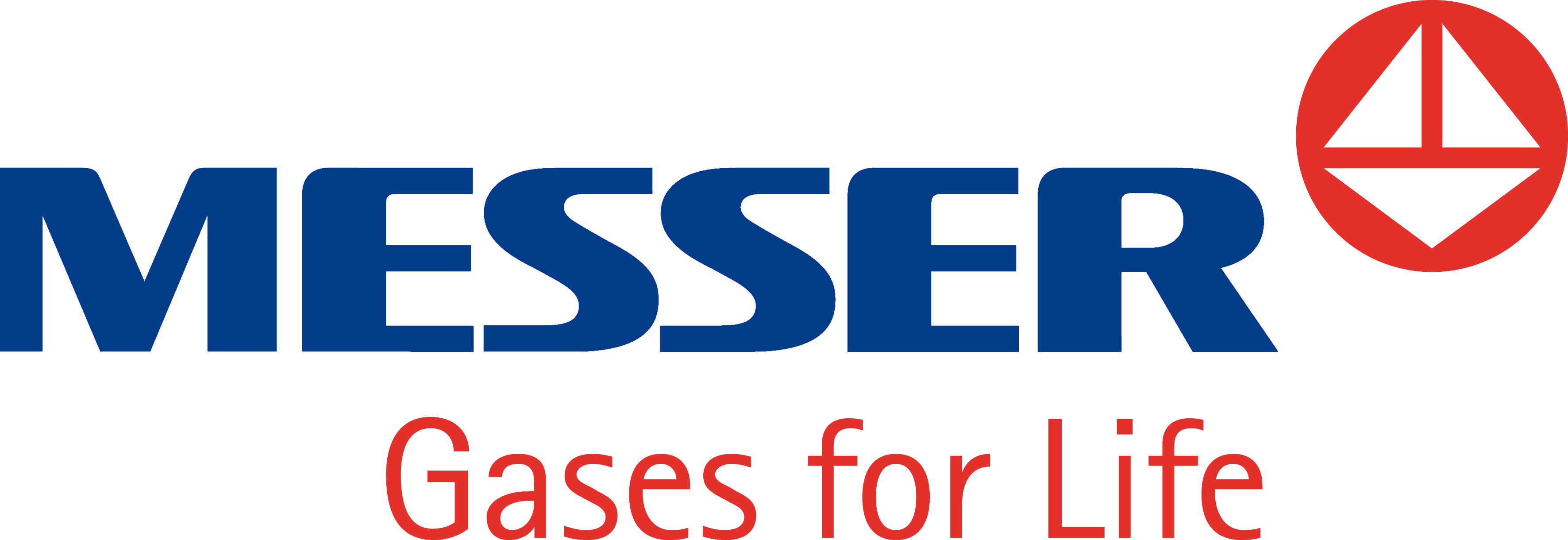By: Editorial Team Reading time: 3 Minutes
◤ RESEARCH
Laser beam with a keen nose
Pharmaceutical packaging must be sealed to maintain the sterility of the contents and keep contaminants out. Seals are inspected using laser beams and sensors along with purge and calibration gases. Wilco has automated the process with high-tech machinery.
The needle pierces the cap, the vaccine is drawn into the syringe – we’ve seen this procedure in countless news clips recently. That’s also how we know that the vaccine liquid does not completely fill the vial. But the remaining volume only seems like empty space.
“The headspace in a sterile pharmaceutical package is an integral part of the product. It must meet specified quality standards, in other words it must be sterile and also must not contain any undesirable substances,” explains Andreas Isler of Wilco. Based in Wohlen, Switzerland, the company produces leak detection and visual inspection equipment and systems for – among other things – pharmaceutical packaging.
No trespassing
One of the substances that pharmaceutical packaging is most often designed to exclude is oxygen. Oxygen must be prevented from causing chemical changes to the active pharmaceutical ingredient. Freeze-dried medications hate moisture, so water vapor must not be allowed to penetrate the packaging. For this reason, the leak tightness of the packaging is inspected during development in the laboratory and later as part of the production routine. A critical substance can also be generated on its own in the headspace, however, and lead to rejection: if the CO₂ content increases, then the contents are contaminated by microbes. For the analysis of the headspace of transparent containers, Wilco relies on absorption spectroscopy: a laser beam traverses the headspace of the bottle or vial. The gas molecules contained therein absorb part of the beam, and a sensor records any change. Characteristic patterns are generated depending on the wavelength and the absorbed substance. Those patterns can be used to calculate the concentration of a given substance in the contents in the headspace.
600 inspections per minute
“Our machines can complete up to 600 inspections per minute,” emphasizes Andreas Isler. “And the measurement system is recalibrated for each new batch. The containers with the calibration gases are integrated in the process – two vials with nitrogen, for example. One contains zero percent oxygen and the other contains twenty percent.” Wilco produces its own gas mixtures for the calibration vials using high purity calibration gases from Messer. Nitrogen is also used to continuously purge the laser channel of the laboratory instruments. “That prevents any oxygen molecules from interfering with the measurement in the channel.” This past spring, Messer installed a centralized nitrogen supply system in Wilco’s development laboratory. Moreover, Wilco uses CO₂ for bombing. This involves exposing containers to a high-pressure carbon dioxide atmosphere in a closed chamber. “When leaks occur under normal pressure, the exchange of gases is minimal,” explains Andreas Isler. “It takes a very long time for even the slightest change in the headspace to become apparent. Bombing accelerates things tremendously, and we can detect any leaks even after just a few seconds.”
